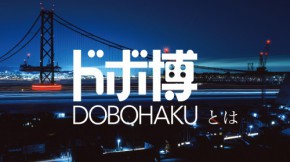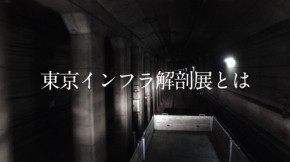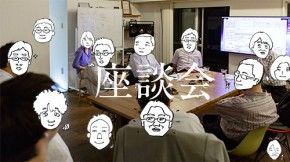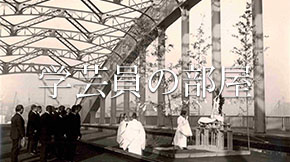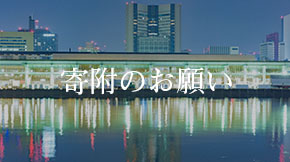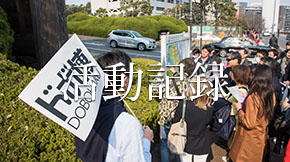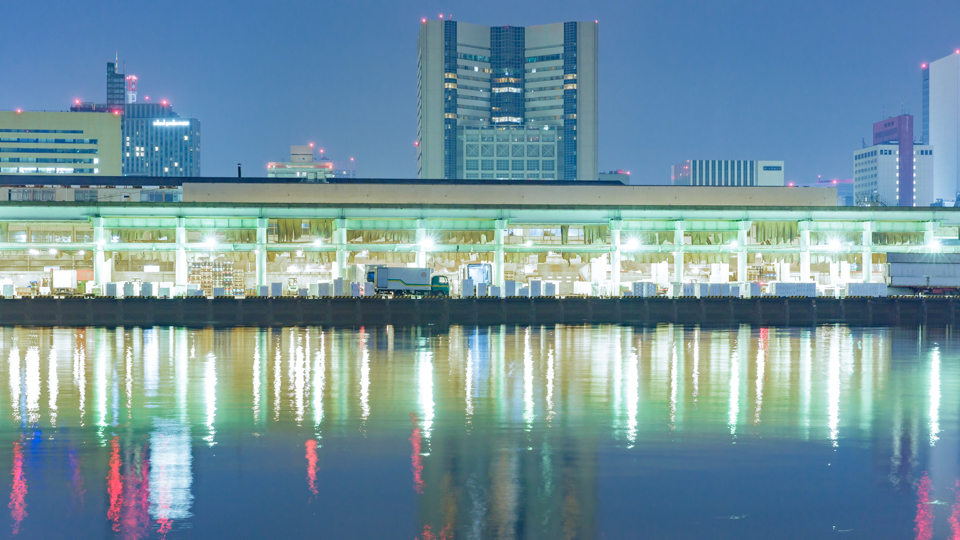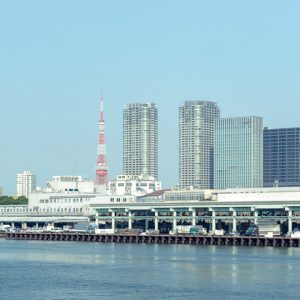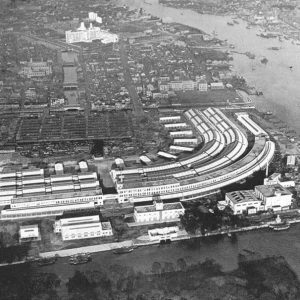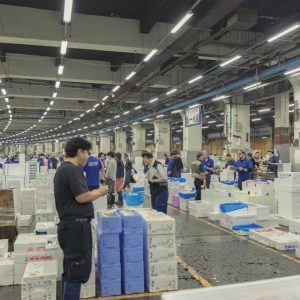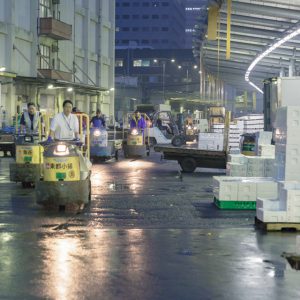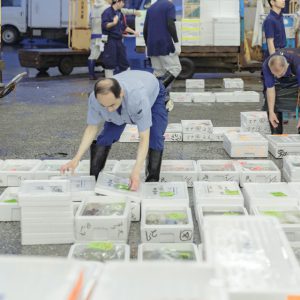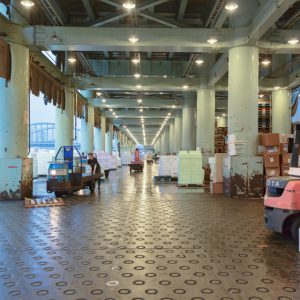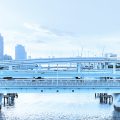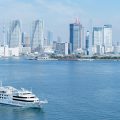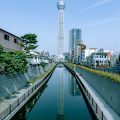There are many place names “Tsukiji”, meaning “built land”, throughout the country. It is usually a landfill site.
In the case of Tsukiji in Tokyo, it is said that the first landfill was done at the time of construction of Honganji temple at the beginning of the Edo period. Like Fukagawa, it is a landfill centered on religious facilities. At the end of the Edo period, it became a window of Western culture as a waterfront that accepts different cultures, and it was also used as a site of navy from the end of the 19th century.
However, today the biggest fish market in the world makes Tsukiji famous. After the Great Kanto Earthquake, it was created as a new “stomach” of growing modern Tokyo by relocating old market spreading along the banks of the Nihonbashi.
As historian Koichi Kabayama pointed out, Japanese “toshi” corresponding to “city” in English consists of two Japanese characters, “Metropolis (Miyako)” and “Market (Ichi)”. Schematically speaking, “Metropolis” is for governance functions, “Market” is where citizens interact. If so, Tsukiji is not just a market, but a part of modern “Ichi” where diverse urban activities are developed together with Ginza and Shimbashi.
The core part of this “Ichi” is separated from Tsukiji and is about to move to Toyosu. By the way, the center of the governance function of “Miyako” has already moved from Yurakucho to Shinjuku. While relocating and multipolarizing urban functions, Tokyo has kept it together with a close network and has maintained its integrity. With the dispersion of the function of “Ichi”, Tokyo will again change drastically. (D.Kitagawa)
